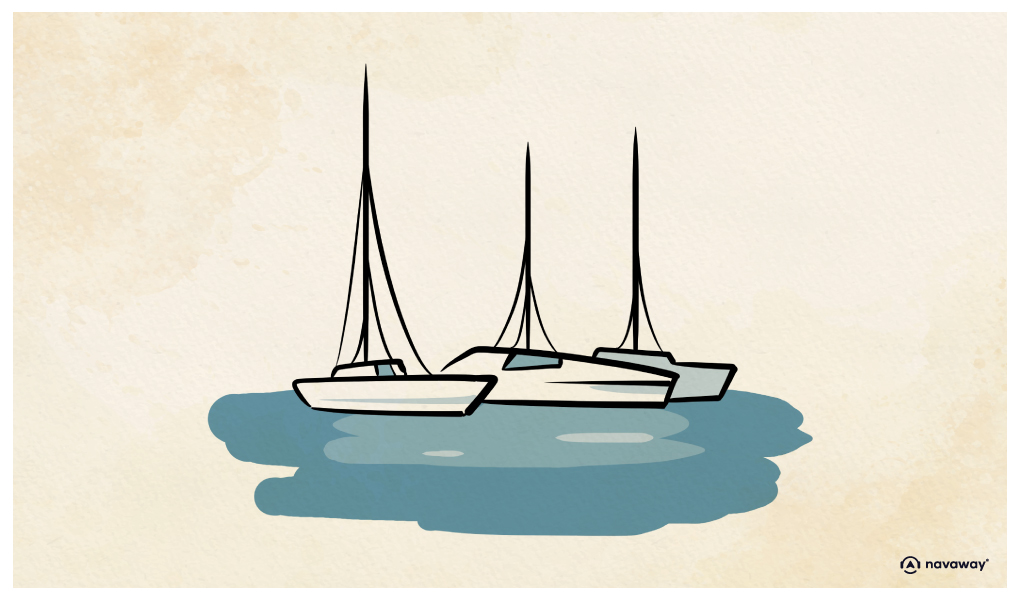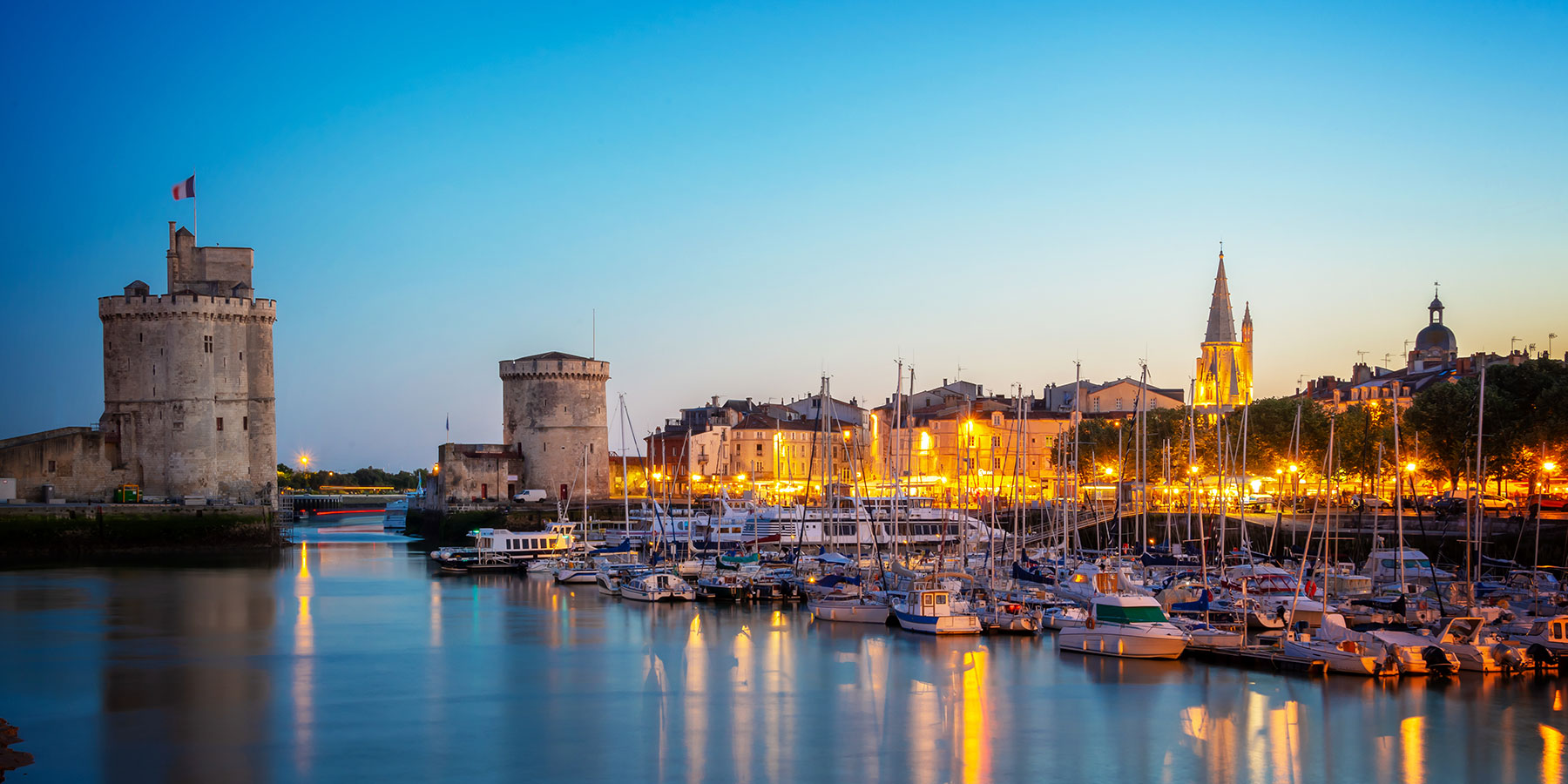
Port of Dunkirk

This point of interest is available as audio on the tour: Visit Dunkerque, The City of Jean Bart
Dunkirk’s port is the third largest in France and a key part of the city’s identity. But it wasn’t always such a major player. When it was first built in the 11th century, the port was tiny and mainly used for herring fishing. It wasn’t until the 14th century that it began to grow, thanks to trade with England and Holland. Even then, it remained modest in size compared to the vast port you see today. In the 18th century, wars and the French Revolution brought activity to a halt, and the port was nearly abandoned. It wasn’t until 1822 that efforts to restore it began — and they paid off. By the early 20th century, Dunkirk had become France’s third-largest port. During World War I, the British considered destroying it to prevent it from falling into enemy hands, but General Foch convinced them to keep it intact. Sadly, the port didn’t escape the devastation of World War II and was almost completely destroyed. But like the city itself, it rose from the rubble. Rebuilt and modernized, it has once again become one of the country’s most important ports — now known not only for its size, but also for its commitment to sustainability. Today, it’s also the largest inland waterway port in the Nord-Pas-de-Calais region. It’s hard to imagine Dunkirk without it!


Discover Dunkerque with app
An interactive guide through the most beautiful streets, squares, and districts
22 fun audioguides full of historical facts, anecdotes, and legends





Comments